Interview Series #4 - Thierry Coquelet
This week we have the honor to host Thierry Coquelet for our interview series. We waited a little to ask Thierry for an interview just because he is not only a virtuoso and a talent but above all he is an incredible artist and one of the few who takes caricature portrait to a whole new level. We cannot help but to look up at his work in admiration. Thierry has it all, mastery, skill, sensibility, cleverness, genius. No wonder he is among the top winning artists in all caricature contests on facebook. So thank you Thierry for taking the time to answer our questions and share with us your thoughts and your experience.
When and how did you come across the art of caricature?
As far back as I can remember, I've always drawn. For a long time, when I was a kid, I reproduced many characters from the comics I was reading. André Lebon's famous caricatures (French caricaturist) published in my parents' TV magazine were a starting point. Lebon's caricatures were easy to reproduce and, of course, I tried to draw my own caricatures in the Lebon's style,
Then, a television program caused a fundamental click: it was “Tac-au-Tac” in which Jean Mulatier and Patrice Ricord drew a caricature of Leonid Brezhnev (http://www.ina.fr/video/CPA75051391).
This show was a real revelation and the caricature itself a true sculpture. Gesture, energy, critical analysis, transition from photography to drawing, structure, etc... I had the impression I could understand everything. It was my first Master class. The drawing was not a mere entertainment : it was a real job.
Do you make a living as a caricaturist?
I am not a professional caricaturist. I have another job related to my studies in architecture. I always drew as an amateur during my spare time, and not caricatures only. I did illustrations, portraits, 3D modeling... and also some attempts into the world of comics to which I would like to come back one day. During these last years I drew much more caricatures, and because of that my schedule has also become much more complicated. But I would like drawing remains a pleasure above all. In any case, this allows me to choose my subjects.
Do your caricatures get published in magazines newspapers or blogs?
About thirty of my drawings (final drawings and sketches) were published in “Wanted! Caricature & Western” (Les Éditions Valentine Publisher), which was a fabulous collective experience initiated by Maëster. Two others, the first about Stendhal, the second about Gustave Flaubert, were placed in frontispiece of biographies dedicated to these French writers. As I said, I'm not professional and moreover I never had enough audacity to submit my work to publishers. Aside from that, I post my work regularly on Facebook and my blog.
“Wanted! Caricature & Western” (Les Éditions Valentine Publisher)
Are you in touch with the world of art galleries?
Not at all. The only time I saw my original works in public was in the exhibition “Wanted!” which accompanied us in various festivals we went to meet the public and sign the book. It's rather strange to see one's drawings in a frame and hung on a wall. It makes them oddly definitive and I'm not used of that.
John Wayne caricature by Thierry Coquelet (All Rights Reserved)
Are you physically in touch with other colleagues? Do you take part in gatherings, exhibitions, fairs, or guild/club?
Because we generally all work alone in our studio, internet has been a wonderful tool for artists who wanted to share their work. This is a link that allows to track the work of each other in near real time. We can learn a lot by looking at colleagues' work all over the world. For this reason, I participate from time to time to some caricature contests on Facebook. But we also learn a lot by watching an artist who is drawing in the real life, by following each step of his work. This is why being physically in touch with other artists is very motivating. I understood that when I physically met artists I regularly visited blogs or Facebook pages. The collective adventure of “Wanted!”, with Maëster, Jean Mulatier, Achdé, Jean-Marc Borot, Thomas Lebeltel and Charles Da Costa was a particularly great learning experience for me. From August 27 to 30, 2014, I will attend the next EuroCature Convention in Vienna where, in addition to meeting talented artists and drawing together, I'll have the honor to participate as a guest speaker with Paul Moyse and Court Jones.
Who are the masters you admire the most?
There are really a lot of artists I admire. However, Jean Mulatier and Maëster have always been very important for me, because their art gave me absolutely everything I can do today on caricatures, and their work inspired me ever since I discovered them. Their technical approach to caricature is very different, but their art is so powerfully positive that it illuminates beyond their works. They are part of the very few artists whose works appear so alive, with a true soul. Each piece of their work demonstrates with an incredible grace that caricature is not just an approach of volumes, superficial shadows and light, but it can reveal an infinite depth. I admire these two masters a lot, and they gave me the chance to work with them... What could be better ?
Gerard Depardieu - Caricature by Jean Mulatier (All Rights Reserved)
Ed Harris - Caricature by Jim Maëster (All Rights Reserved)
Does your online activity affect the way you approach your work? How much time do you spend online?
The contests on Facebook in which I participate, and blogs I visit, obviously affect my approach of caricature. Being curious about colleagues' works allows not only to continue learning with fun, but it also leads to raise our own requirement level and try to explore other modes of expression.
I don't know how much time I spend on the web in my spare time, but it is probably too much. In any case, it's even less time devoted to the practice of drawing itself. The choice between drawing and learning is sometimes difficult to make.
Gérard Depardieu by Thierry Coquelet (All Rights Reserved)
Can you tell us a little about your technique? Do you prefer digital, traditional, both?
What people remember of my drawings is the cross-hatching technique with a ballpoint pen or a pencil. It is true that the ballpoint pen is a very demanding tool because it takes a lot of patience to control it completely, and in most of the cases it is impossible to rub the ink out. The ballpoint pen I use allows to draw very thin lines, which supposes that the hatching takes a lot of time, especially when you have to overlay many layers of cross-hatching in order to get a deep black. And the cross-hatching itself must be as soft as possible not to dig or to engrave the paper. In that way, some caricatures may occupy me for several days. This is the reason why my drawings are rather small. Many of them would fit on an A5 format.
Sometimes I paint digital caricatures from a sketch previously drawn on paper. I prefer the traditional technique because the pencil's caress on paper seems to me much more pleasant and sensual than the plastic friction of the stylus on the tablet, but digital art allows to work greatly faster than my traditional technique. With a tablet, I can obviously do much more work in one day than what I would do in three days with traditional tools such I use them. And I don't know any publisher or any editor-in-chief today who would pay an artist with his pencils for three days if the same work can be done in one day only by someone else using digital technology. To be totally objective, I should say that my cross-hatching technique is in question today much more than traditional tools. Maybe I'm wrong but, honestly, I often feel quite alone with that technique... That must mean something.
Martin Scorsese by Thierry Coquelet (All Rights Reserved)
Can you give some advice to young cartoonists?
As an amateur, I don't feel particularly legitimate for giving any advice. However, I can share feelings, experience or impressions related to the practice of drawing. Drawing means forcing oneself to watch and try to understand. This would be a good goal in life, isn't it?
Do you have any hobbies or other passions?
I like movies, comics, architecture and urbanism, set designing, art history, reading.
If you wish to see more of Thierry's works please visit: https://www.facebook.com/thierry.coquelet and his blog http://thierrycoquelet.blogspot.it/







